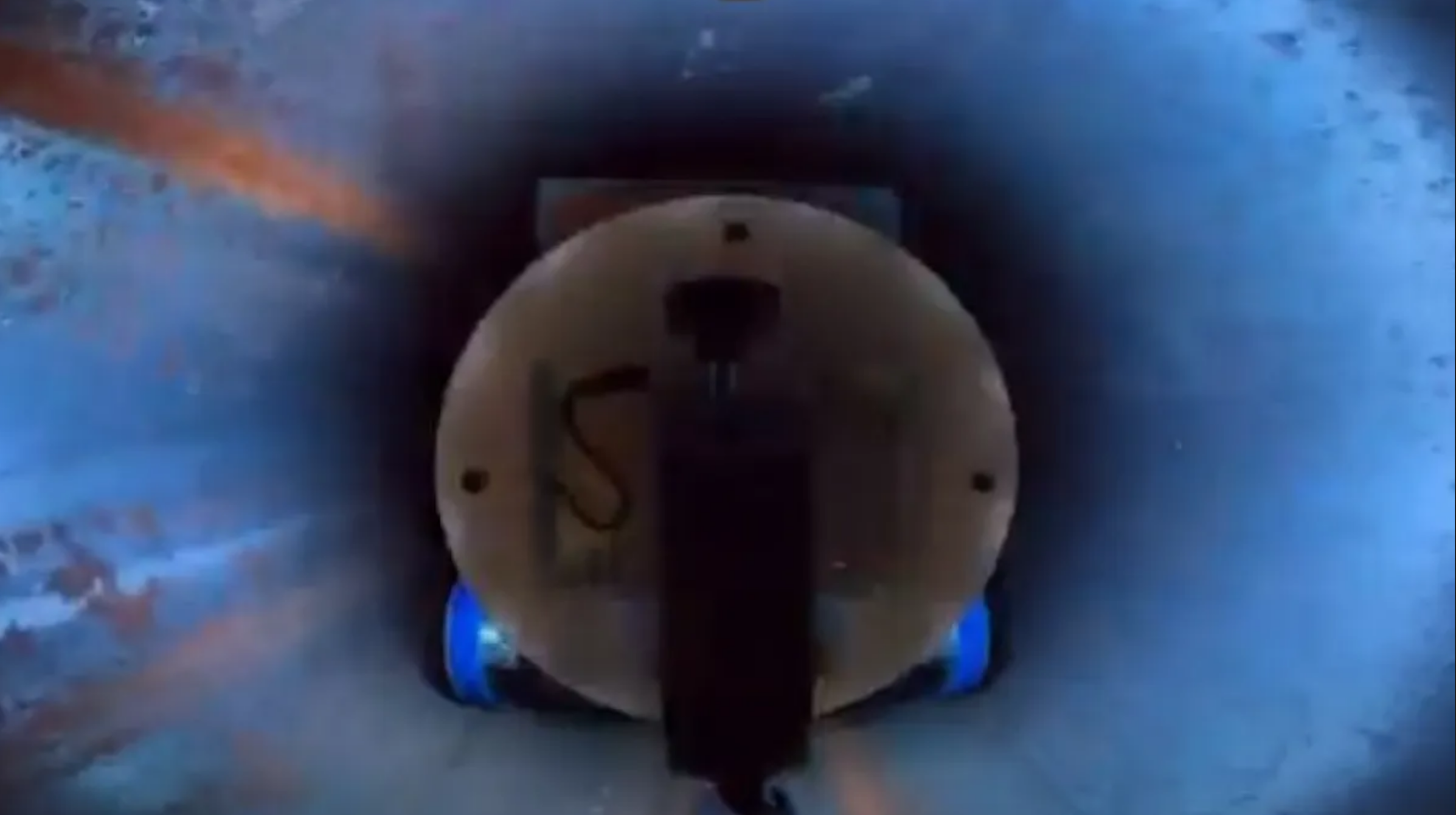Researchers from Massachusetts Institute of Technology (MIT) and CNRS (National Center for Scientific Research) in Marseilles, France, have spent the last five years doing molecular analyses of the limestone to silica ratios of cement to determine the most efficient combination.
As the world’s favored construction material and a significant contributor to greenhouse gases with estimates at about 5-10 percent of industrial emissions, any reduction in pollution that doesn’t compromise final quality is a sure advantage. But the results were even more promising than the collaborators had anticipated.
Concrete is a combination of cement, sand, gravel and water. Cement is made by heating limestone, or some other calcium-rich material, with a silica-rich material to 1500 degrees Celsius to form “clinker.” Clinker is the stone product that is then ground into a powder.
The heat required for processing and the quantity of concrete used on a global scale obviate the environmental toll and ensuing pollution. But it is a strong, yet formable, construction material for a host of uses, and not one we modern humans could easily do without even if we reduce our use via other less permanent materials. So performing analyses of materials combinations and ratios was a valid undertaking with potential for great outcome if new wisdom was uncovered in the process.
And a great outcome is what they got. It seems the industry standard has never been analyzed at the molecular level to determine exactly which ratios would produce the best results with the least environmental harm. What the team unearthed is that the standard ratio of calcium to silica is about 1.7, with an acceptable range from 1.2 to 2.2 But their database of various combinations indicates that 1.5 not only reduces CO2 emissions by as much as 60%, the concrete is made stronger at that ratio.
It turns out that using the 1.5 parts calcium to one part silica produces twice the mechanical strength and resistance to fracture of the 1.7 standard. This is because the hardened material, at the 1.5 ratio, portrays more of a “disordered glassy” structure with the reduced calcium content, as opposed to the typical “tightly ordered crystalline” structure.
The next step is to assure that the results achieved on paper actually hold true when applied at the grander scale of construction applications. In the interest of a healthy planet, let’s hope their findings turn out to be concrete solid.







